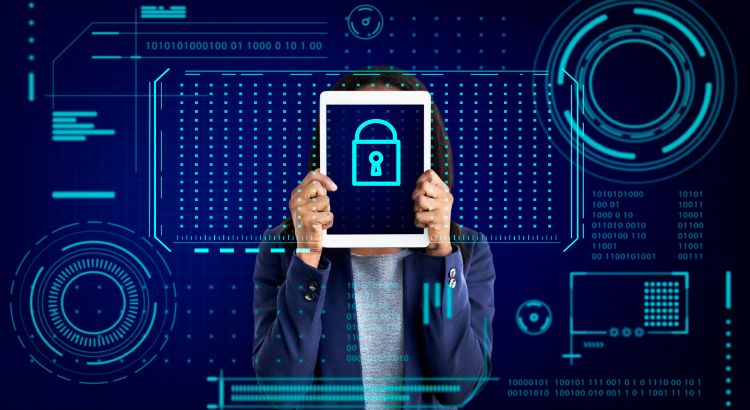+971 508218359

The security of digital networks has become critical in an interconnected world, as businesses rely significantly on them for commerce, cooperation, and communication. Given the growing number of cyber threats—from sophisticated malware to focused hacking attacks—organisations must proactively protect their digital assets. This thorough reference to network security covers the essential concepts, tactics, and best practices for safeguarding your company's digital frontier.
Data transferred via a computer network is protected regarding availability, confidentiality, and integrity by various processes and procedures, collectively called network security. Defence against various external and internal dangers is accomplished through a multi-layered strategy. Businesses implementing strong network security measures can reduce their risk of data breaches, cyberattacks, and other security issues.


Firewalls monitor and regulate incoming and outgoing traffic according to pre-established security rules, separating your internal network from external threats. Next-generation firewalls offer advanced capabilities like application control, intrusion prevention, and deep packet inspection to tackle contemporary cyber threats.
encryption is required to secure sensitive data while it moves over the network. Organisations may encrypt data in transit using protocols like SSL/TLS to prevent illegal access and eavesdropping. Data-at-rest encryption ensures that information is safe even if the physical storage medium is broken.
Authorization and authentication are two examples of access control technologies that assist in controlling user access to network resources. Robust authentication techniques, such as biometric and multi-factor authentication, confirm users' identities before allowing them access. Users will only be granted access to the resources required for their roles and responsibilities thanks to role-based access control, or RBAC.
IDPS are essential for real-time security threat detection and response. These systems analyse network traffic and logs for unusual activity and possible security breaches. With intrusion prevention features, IDPS may automatically neutralise or stop threats before they can do any damage.
SIEM systems aggregate and correlate security event data from several sources across the network, allowing organisations to monitor for security events and anomalies efficiently. SIEM enhances an organisation's security posture by centralising log management, threat detection, and incident response.
Frequent security audits and evaluations assist in locating holes and weak points in your network infrastructure. Organisations can lower the risk of security incidents and data breaches by proactively addressing these issues.
Regarding network security, employees are frequently the weakest link because they may unwittingly fall victim to phishing scams or disclose important information. Educating staff members about typical threats and best practices and offering thorough security training can enable them to identify and reduce security risks.
Updating software and firmware with the most recent security updates is essential for fixing identified vulnerabilities and lowering the possibility that hackers will exploit them. A strong patch management procedure guarantees that security updates are quickly applied to all systems and devices.
Reliable data backup and disaster recovery protocols are crucial for reducing downtime and data loss in a security incident or system failure. Continuously testing recovery techniques and storing essential data guarantees that businesses can promptly resume operations in an emergency.
Organizations may quickly identify and address new risks using threat intelligence feeds and implementing continuous monitoring solutions. Organisations may proactively guard against possible security breaches and lessen the effect of assaults by keeping up with changing cyber threats.
Enterprises must prioritise network security to safeguard their digital assets and ensure business continuity as cyberattacks become more sophisticated and complicated. Organisations can effectively defend against cyberattacks. They can secure their digital frontier in an increasingly linked world by using a multi-layered approach to network security, combining best practices, and developing a security-aware culture.